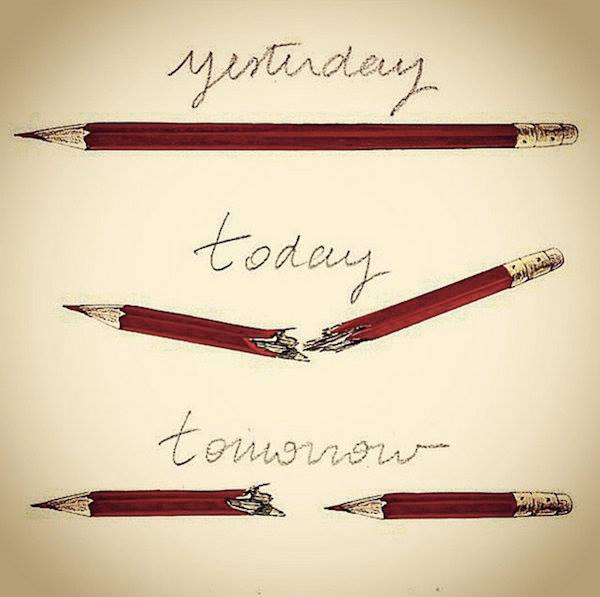As the Sundance Film Festival kicks into high gear, Filmfestivals.com Industry Editor Sandy Mandelberger (SM) has an intimate tete-a-tete with Sundance Festival Director Geoffrey Gilmore about this year’s event.
SM: What remains the biggest challenge for you in keeping the Festival fresh and a place for new discoveries?
GG: It’s a challenge every year as we continue to rethink the Festival and keep up with trends in filmmaking and the industry. We are always questioning the nature of independent filmmaking, always charting the changes that are coming our way. We always are trying to improve things so that the Festival can be an arena for creativity.
Personally, my challenge is to remain open to what is coming your way as new generations of filmmakers reinvent the film form.
SM: How do you deal with the staggering number of films to be reviewed?
GG: Well, obviously, the numbers have grown so much that I can’t personally be in the first rounds of screenings of the films. Luckily, we have a great programming staff that is secure in its artistic choices and the best films are recommended on. However, with the advent of digital cinema, we have seen the submission numbers jump significantly but that also is an indicator that a lot of new talents are attempting to find their voices.
SM: How do you deal with the pressure from established distributors who want to showcase their films at the Festival for purely marketing reasons?
GG: This always has been and will continue to be part of what I must deal with in my job. Of course, we are interested in working with distributors since we’ve become such an important platform for the release of films. But I hope that we never lose sight of the fact that for every “big” film with recognizable names that we are showing 20 films that are basically coming out of nowhere. I try to maintain a balance.
SM: Now that you have instituted competition sections for international features and documentaries, what are your goals in making Sundance a truly international film event?
GG: This can function in two ways. In a practical way, the creation of the competition sections is able to channel the publicity generated at the Festival for international filmmakers and sales agents to find distribution in the American marketplace. The greater goal is fostering a world of global independent filmmaking that goes beyond strictly national barriers. You see this in the complex way that films are now financed, with multiple international partners involved. We also want to feed a growing hunger of curiosity about the world in terms of political and ideological dimensions. Americans, who have generally been rather insular, now want to understand the world they live in, and film is a wonderful vehicle for exploring new cultures and examining attitudes and beliefs that we generally can’t find in other media.
SM: What is the single biggest misconception about the Festival?
GG: That we are an event driven by movie stars. Sometimes if I catch a short news segment on television, it appears that we exist simply as an excuse for celebrities to be photographed in snow boots and wool caps. While we certainly do court film talents and it is a wonderful part of our event, it is frustrating that sometimes that is all that gets written or reported on. We are so much more, and the loyal audiences who attend know that this is a festival of discovery, first and foremost.
 Chatelin Bruno
Chatelin Bruno 


























